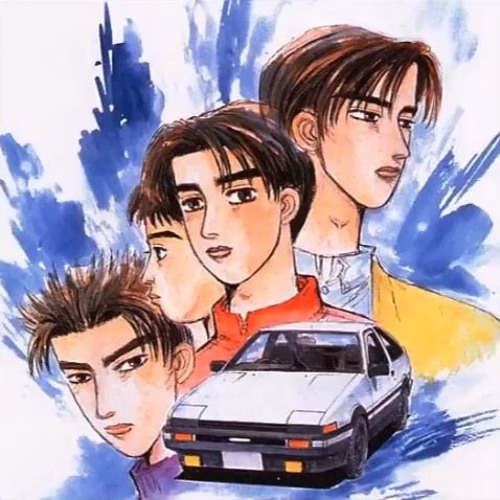

With a plush suspension and a roomy interior the ZX offered comfortable motoring if you were not in a particular hurry, but it certainly wasn't going to smoke anyone from the lights. The ZX debuted as a successor to the boxy BX, minus the Gandini styling, offering a midsize interior and most of the expected French whimsy in four-door hatchback and four-door wagon form. It may not be particularly exciting on the outside - certainly not as wild as the XM - but if your fantasy is to drive one to the farmer's market to get a baguette and to sip coffee from a very tiny cup, this is the way to roll. Why is it cool? This is very subtle 1990s Frenchness. But these had pretty muted styling to begin with.ĭownsides to owning one: Shipping costs for parts that are, by themselves, pretty cheap. Will people notice it? In refrigerator white, probably not. These were not complex machines, so sorting one out is not like fixing an Audi 200 from the same era. Prepare to pay $4,000 for a tidy one in good working order. What to pay: Prices start at less than a $1,000, but you don't want those. No worries, as the 106 can be found easily with a pokey 1.4-liter engine. Engines ranged in size from 1.0 liters to 1.6 liters in the GTi version - this is the model you want if you're into this sort of thing - though we should point out that the GTi didn't come out till 1996. The 106 offered mostly the same formula (and barely different styling) on the debut model. The 106 can be viewed as a successor to the spectacularly popular 205, at least in terms of packaging. Why is it cool? It was the French hot hatch of the 1990s. Interior smell: Spilled Suntory Boss Super Black.ĬDs found inside: Any number of Super Eurobeat Presents compilation albums. Which is one of the problems with bringing kei cars onto US roads…ĭownsides to owning one: The honor of the Northern Saitima Alliance rests squarely on your shoulders. From the driver’s seat of their Yukon XXXL as they juggle their coffee and phone? Maybe not. Will people notice it? On the street? Absolutely. What to pay: As little as $3,000 (plus shipping from Japan) to $7,000 or so (for one already in Canada) So, uh, make sure you’ll fit before you reserve a spot in on a US-bound container ship. Really, really small - kei cars at that time could, by law, be no longer than 10.8 feet long. Hardly an econobox, it boasted double-wishbone suspension, a 50/50 weight distribution and performance good enough to earn it a nod in the Initial D series. Why is it cool? It’s a coupe! It’s a targa! It’s a convertible! It’s the Suzuki Cappuccino! Ever wonder why we (well, why some of us at least) drool over kei cars? Consider this front-mid-engine, rear-wheel drive sportster with a multi-function roof it makes incredibly efficient, incredibly fun use of its minimal footprint and 657-cc powertrain. Without further ado, here are the coolest cars from 1991 that you'll be able to legally import to the U.S. For enthusiasts of European cars, the selection is a little on the mild side, with a handful of thrifty first model-year hatches that followed up on the crop of 1980s hot hatches. What does 1991 promise us? The bulk of the good stuff are cute Japanese hatches which are already massing in Japanese ports and across the Canadian border. we think.īut thanks to that exemption, slowly but Shirley we are getting more "modern" vehicles as time passes, with cars from 1991 up for grabs in the new year. That's thanks to the rolling 25-year NHTSA exemption for foreign vehicles that are otherwise non-conforming, part of a federal legal framework that essentially keeps newer cars with a dozen airbags out of the country, but means you can freely import a Romanian 4x4 from the 1970s with some parts missing. Each new year brings a menagerie of new (to us) cars to be found to the right and to the left of the continental United States.


 0 kommentar(er)
0 kommentar(er)
